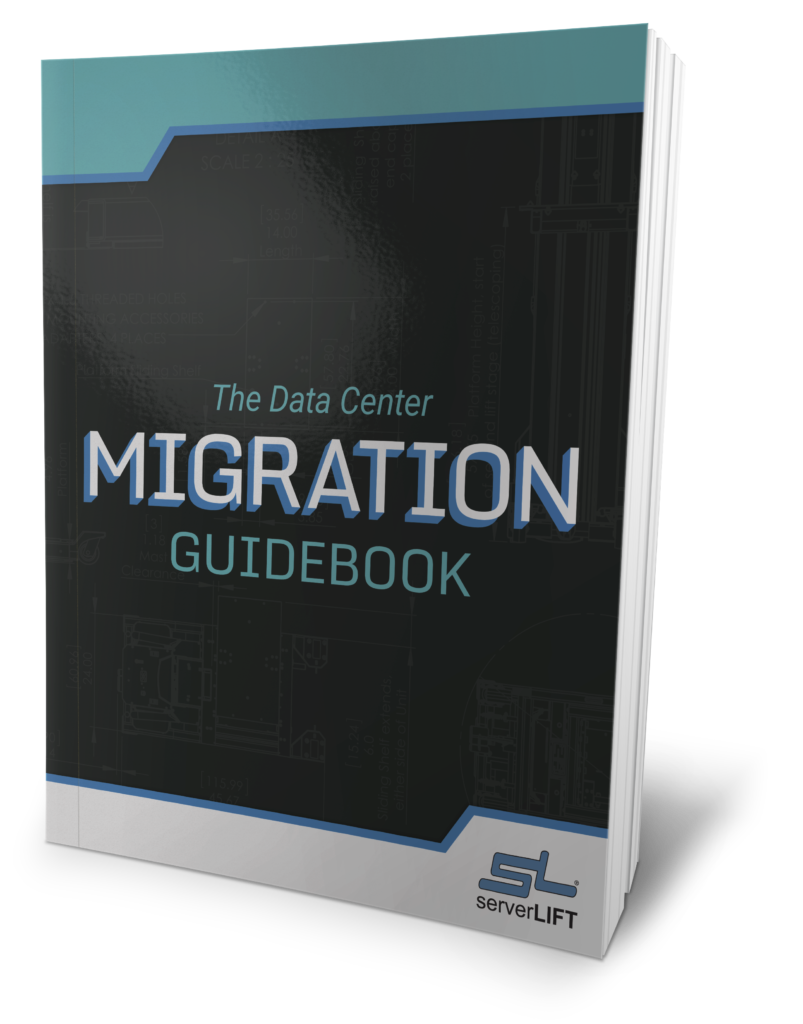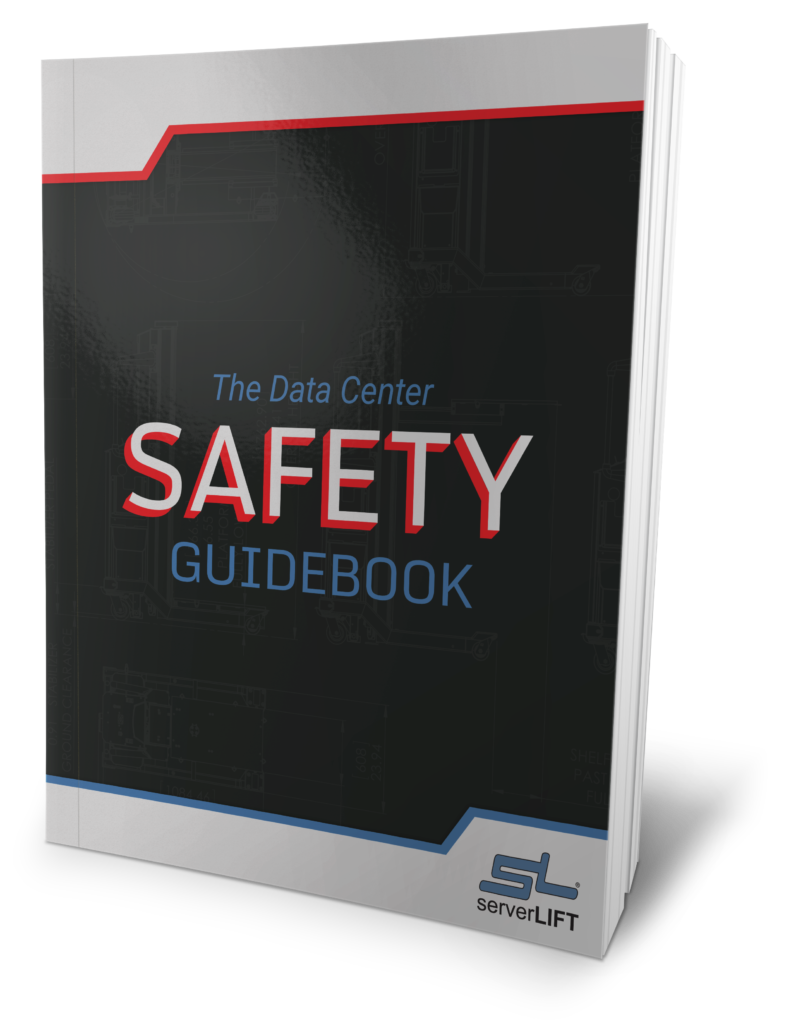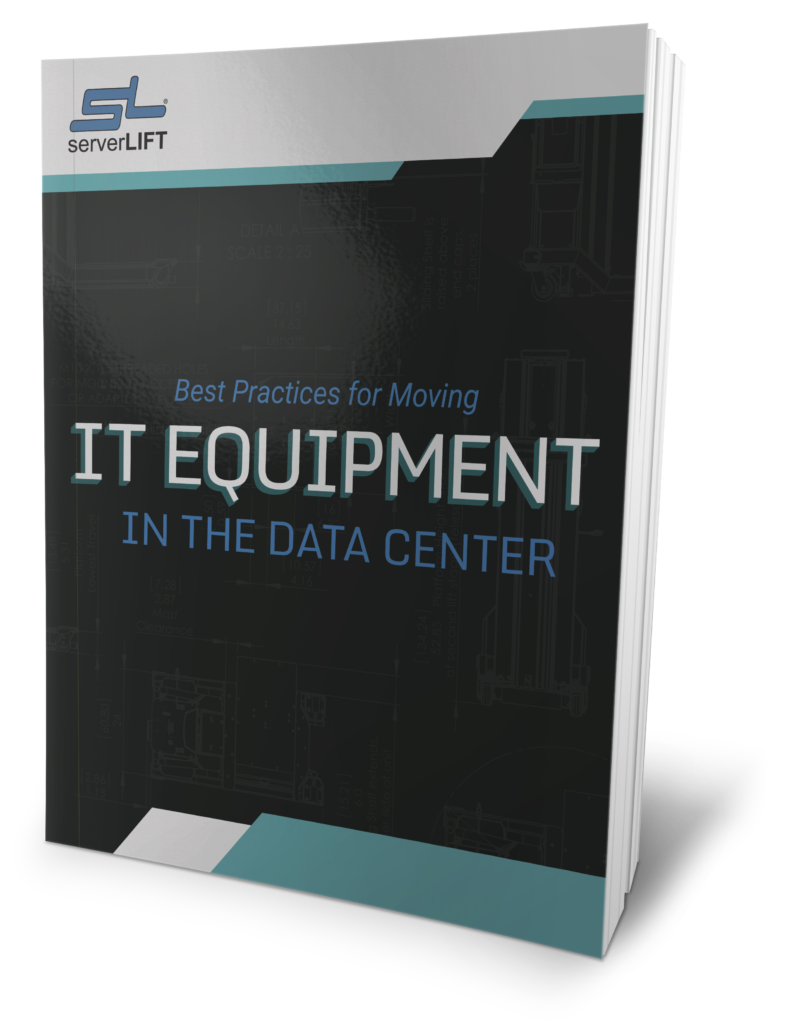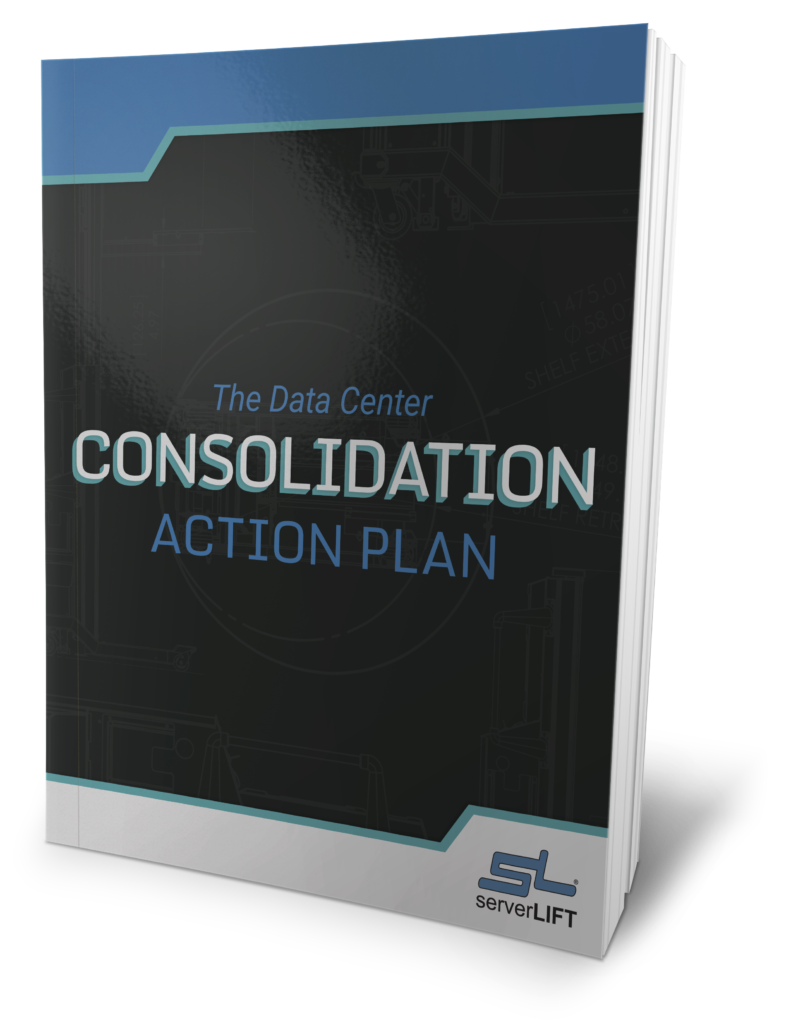Disaster Recovery in the Data Center:
Natural Disasters are a fact of life. They come annually with little warning and exude an incredible brute force; demolishing anything and everything that crosses their path. These “acts of God” do not play favorites or care what they may be destroying in their wake. They are unpredictable, unreliable, and unchangeable.
Just like you, I choose where to live, a company chooses where to locate their data center with some emphasis placed on the odds of a natural disaster occurring. And just like you and I, these companies may choose, or be forced, to build or relocate somewhere that has a higher likelihood for disaster.
Inevitably data centers will be built in locations that seasonally face the wrath of mother nature and because of this disaster recovery plans (DRP) – sometimes referred to as a business continuity plans (BCP) or business process contingency plans (BPCP) – have to be put in place, in order for organizations to have a plan describing how to deal with potential disasters.
Just as a disaster is an event that makes the continuation of normal functions impossible, a disaster recovery plan consists of the precautions taken so that the effects of a disaster will be minimized and the organization will be able to either maintain or quickly resume mission-critical functions. Typically, disaster recovery planning involves an analysis of business processes and continuity needs; it may also include a significant focus on disaster prevention, even data center migration.
As per industry standards there are three approaches to deal with disasters when they strike:
- HOT Disaster Recovery Sites:
These sites are suitable for applications and services which are very critical in nature and cannot risk any downtime during a disaster. This approach is required for business critical services like, bank datacenters, online transaction sites, or stock/share datacenters. Hot DR sites must have an online backup of all services at the disaster recovery site. In case of Disaster, the DR site will initiate connections and business will be back in action in minimal time. This approach, however, is extremely costly and requires huge investments due to the fact that the datacenter is mirrored at the DR Datacenter location. - COLD DR Sites:
Cold DR sites have offsite backup to main datacenter servers and services and in the chance of disaster, backup will be restored on newly acquired and installed servers. The service restoration delay time for these sites is slow and generally will not be able to resume activity for up to a week or more. The planning involved in these particular sites is minimal and only require that a space be identified for the DR move and a basic infrastructure be built. -
WARM Disaster Recovery Sites:
Warm DR sites are a mix of both Hot and Cold DR solutions. Only some applications are considered for Disaster Recovery due to cost constraints or application dependency. RTO varies up to few days. Services are restored on a priority or severity bases. To control the cost, only mission critical applications are considered for Hot DR and other are either moved to DR site or rebuilt in the chance of disaster.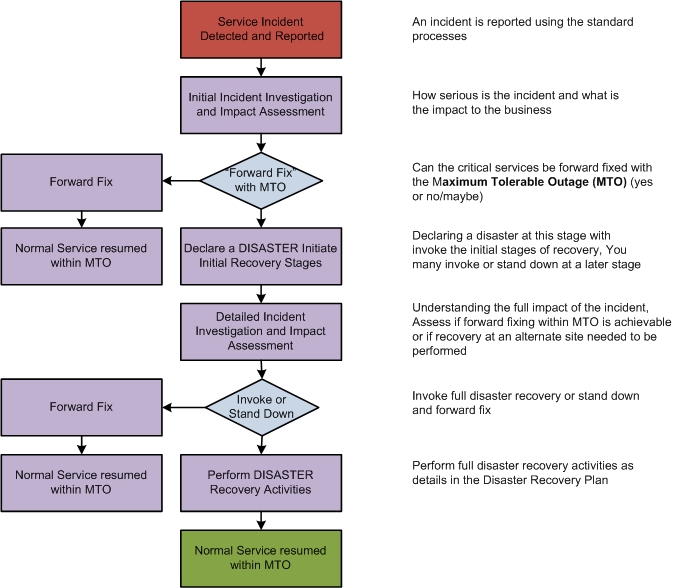
Approach is considered based on Maximum Tolerable Outage (MTO). MTO is the time for which an organization can tolerate to have an outage. Any incident which occurs for less than this period cannot be considered a Disaster. If the incident does however exceed the MTO, data center management will then invoke the DR plan, theoretically lessening the impact felt by the business.
If you are doing a data center migration, here’s a helpful article on data center migration steps.






